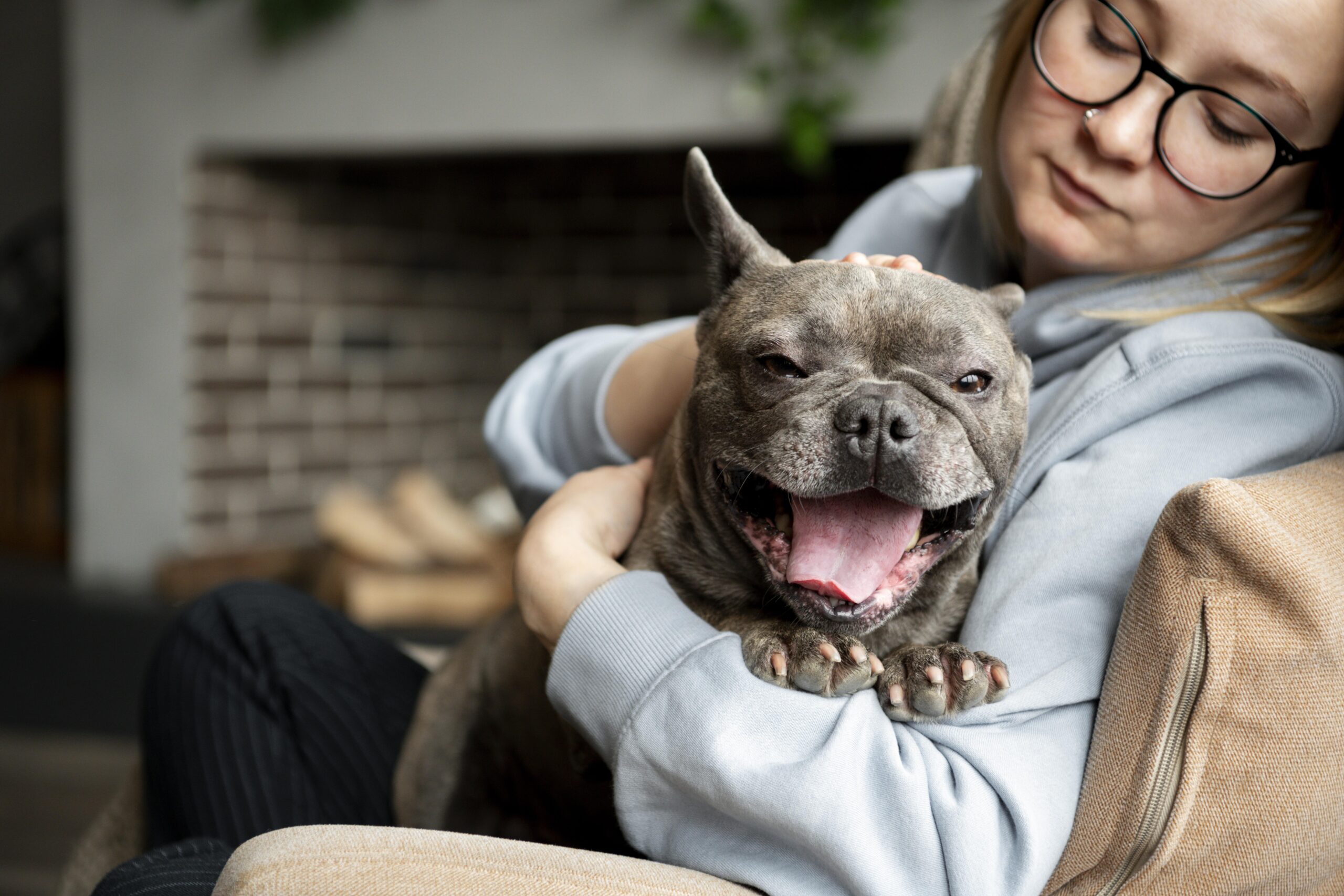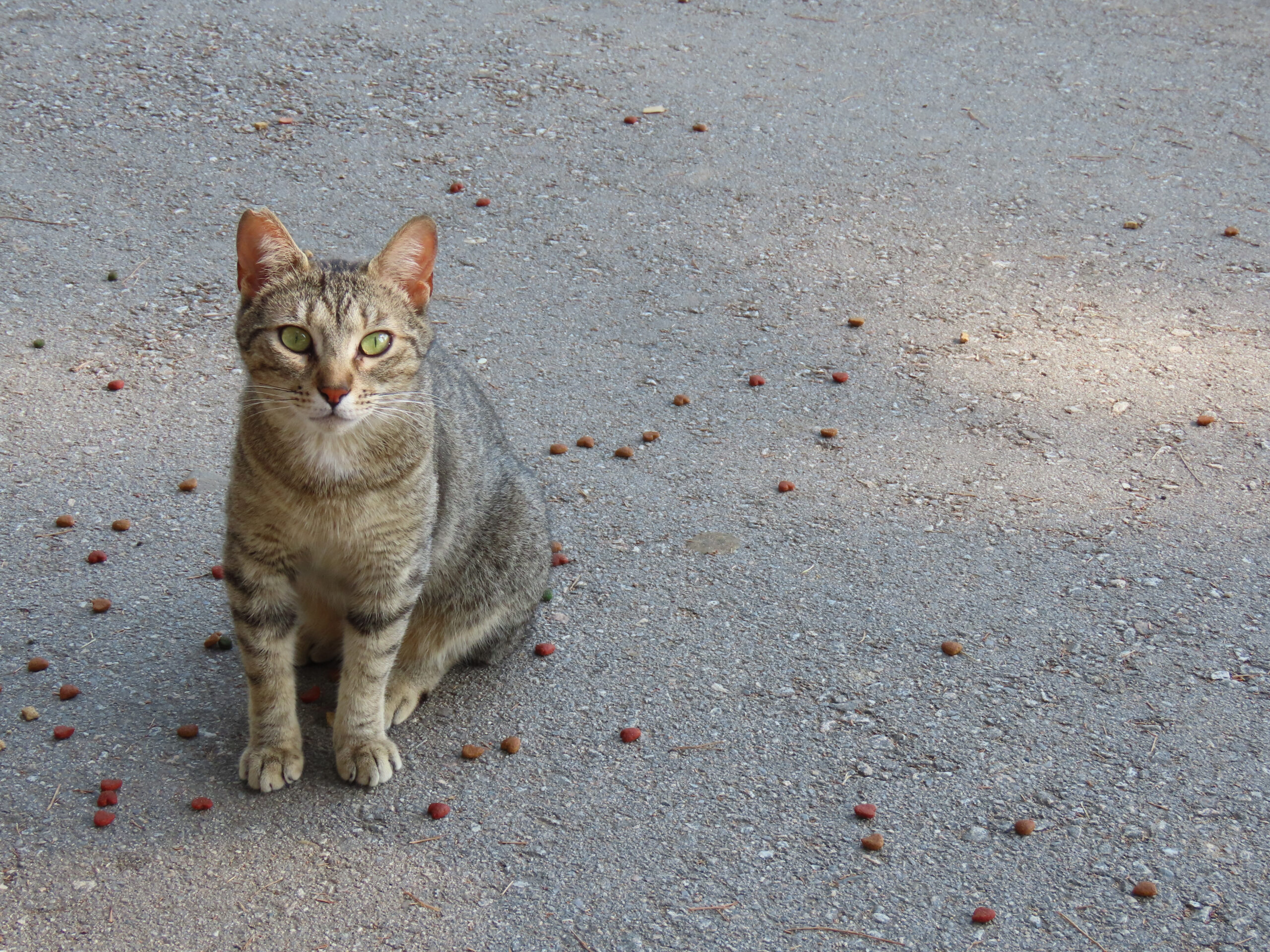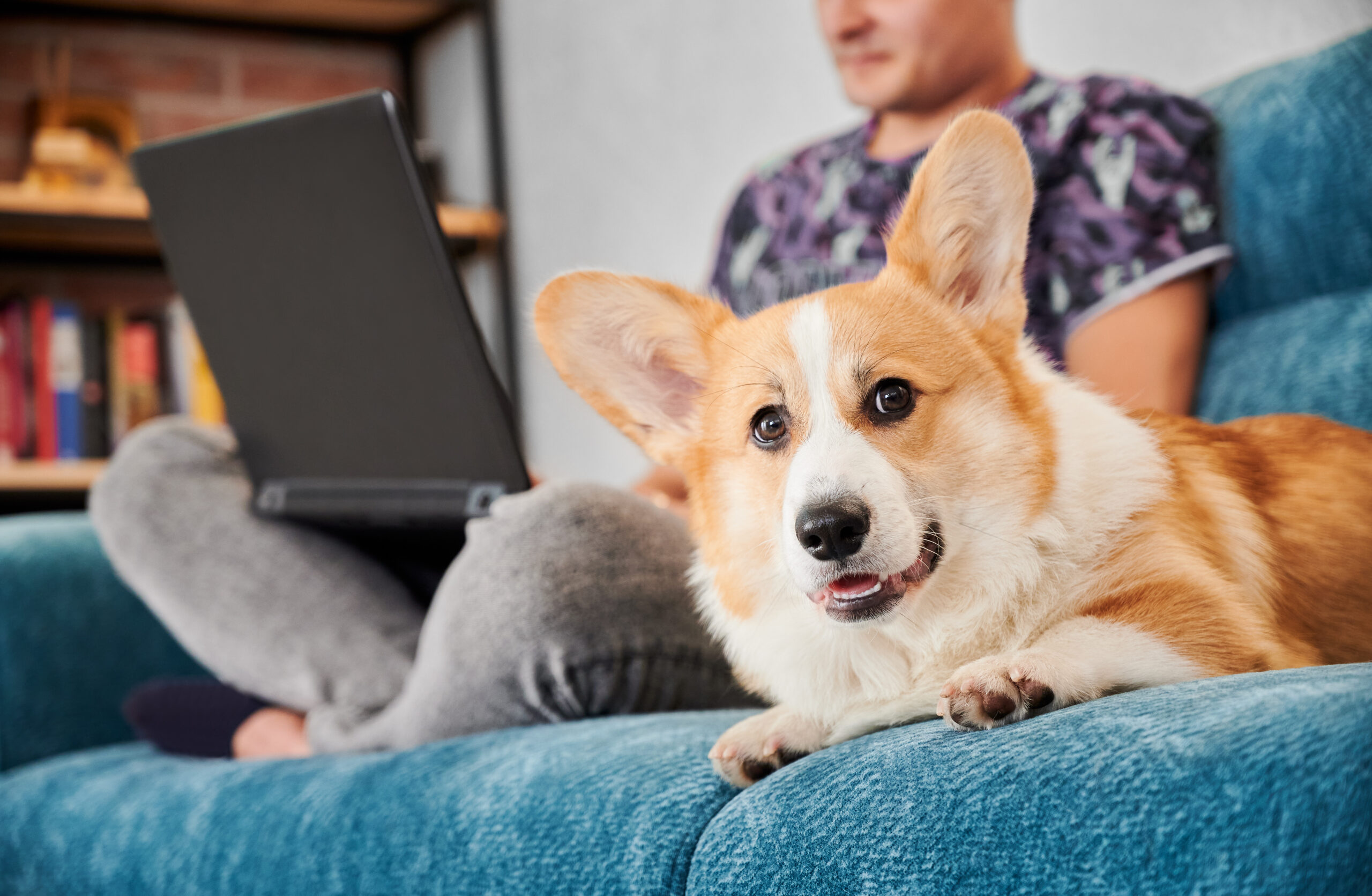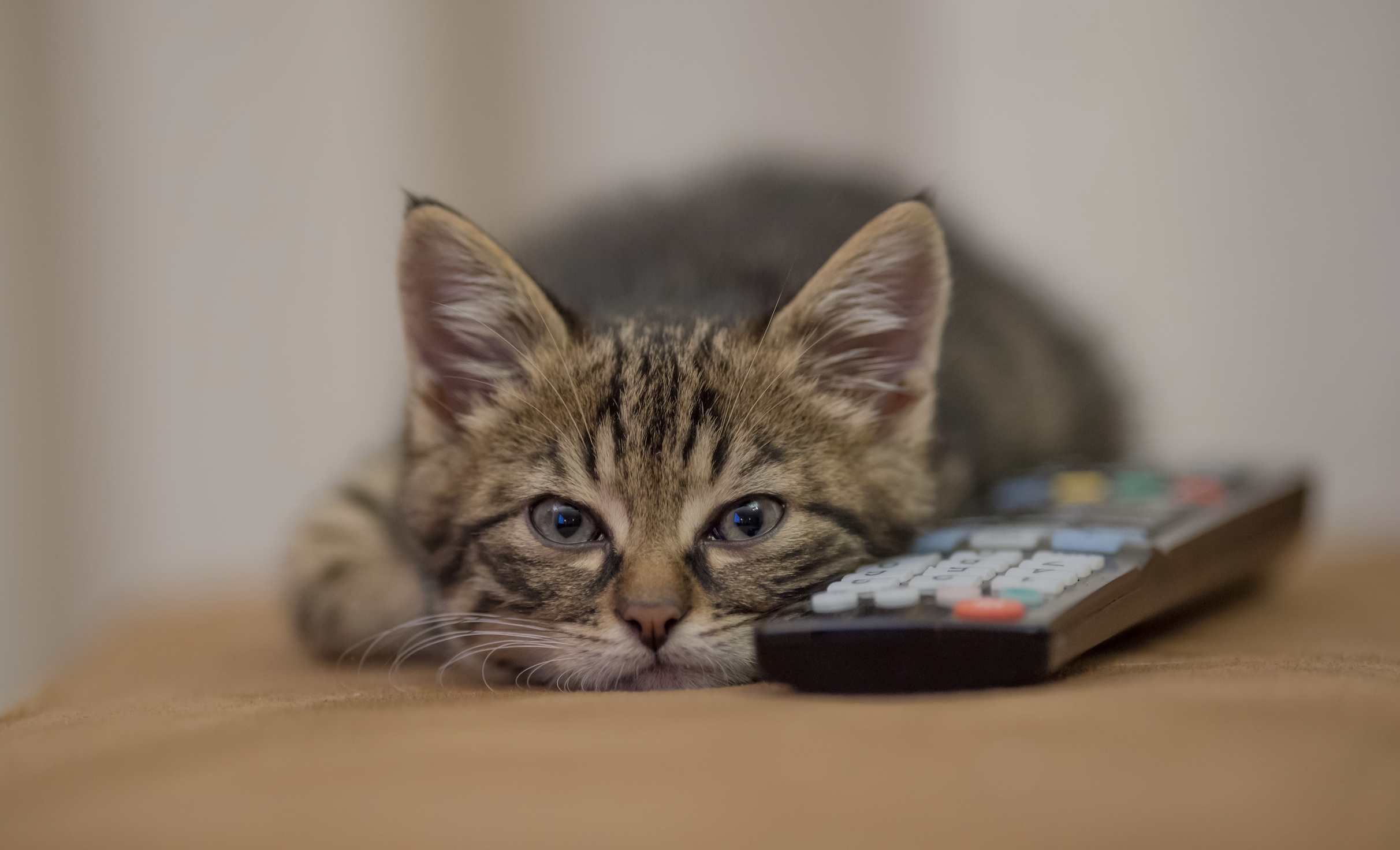Cats knead for an array of reasons, such as instinct and comfort, marking areas and reducing stress, and even stretching and self-soothing. This behavior is commonly referred to as “making biscuits,” as it involves cats rhythmically pressing their paws into soft surfaces. In this article, let us discuss the emotional depth and practical tips for managing this specific behavior alongside its origins.
The Evolutionary Origins of Cat Kneading
Forage felines stem from savannah dwelling cats which use cat kneading as a form of setting their area. This self soothing behavior is a result of calves kneading the belly of their mother as a means of coaxing milk out during nursing sessions. Alongside creating a steady supply of milk, this would also remove threats to their bedding. In the wild, cats knead as a means of forming comfortable resting spots by flattening spots of grass or leaves.
The Emotional Significance of Cat Kneading
For a cat, kneading is a soothing activity, usually showing that the feline is content and trusts the surroundings. Mimicking the act of nursing evokes endorphins which results to boost their mood. In addition, cats are also known to knead while being anxious which makes it a self soothing action. When looking into a cat’s kneading habits, the context in which it is done can help determine if its a sign of happiness or stress.
Learn more about how cats show love
Advice is Always Accepted from Cat Owners
Cat kneading can be controlled although it is a behavior that is benign and natural. To keep other household items intact, offering soft surfaces such as cushions or blankets can create specific kneading zones. Cats can get overly affectionate which can be knee inducing. It’s important to manage affection with your cat because it can encourage unwanted scratches during kneading. Keeping the claws trimmed is a necessity. Ross Grooming your cat while creating safe zones strongly quiet within the house can help relax the cat and reduce any breathing related anxiety since stress related kneading is usually excessive.
What causes Cat Kneading
- Instinct: Kittens knead to stimulate milk flow while nursing, and this behavior often continues into adulthood.
- Comfort and Relaxation: Cats knead when they are content and relaxed, often accompanied by purring.Explore how to create it
- Marking Territory: Scent glands in their paws allow cats to mark their territory by kneading.
- Stretching and Exercise: It assists cats in stretching their muscles, important for flexibility.
- Seeking Attention: Cats tend to knead when they want their owner’s attention and want to be actively engaged with Keeping them stimulated with interactive games can help reduce clinginess. Try these engaging activities
- Comforting Behavior: Primarily seen in female cats, kneading is a behavior observed that is associated with primal courtship behaviors.
Kneading on Humans
Kneading done by cats on their owners’ body surfaces is usually a manifestation of tenderness and attachment. Cats might also knead due to the fabric’s texture of their owners’ clothes or as a way of claiming ownership. Although this behavior rarely poses any risks, regular claw trimming can prevent scratches and damage to clothes.
As a conclusion, cat kneading comes with several characteristics like an evolutionary undertaking a cat shows which provides insight into your cat’s emotions and mental state. Kneading can signify to the cat owner a form of contentment, territorial marking, or self-soothing rubbing technique that, if understood appropriately, can foster stronger connections with the cat. For the cat owner, knowingly supporting an appropriate environment and the acts behind kneading ensures the cat’s well-being while presenting such behavior makes the cat more lovable.
Do not forget, some cats may not show signs of kneading behavior and there is no need to be worried about. Each cat is a distinct being that has personalized manners of demonstrating comfort and affection.
EXTRA:
Pawrpose AI is rethinking pet care—smarter, kinder, and more connected. No more guesswork about your pet’s health, at any age.
Read more here: Pawrpose AI












